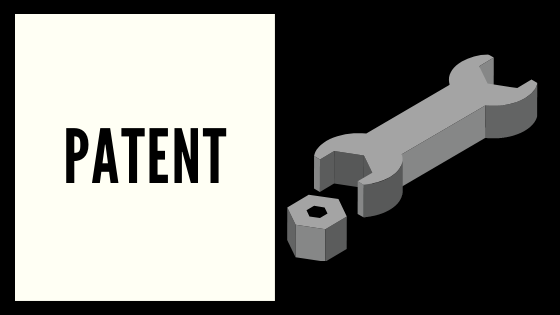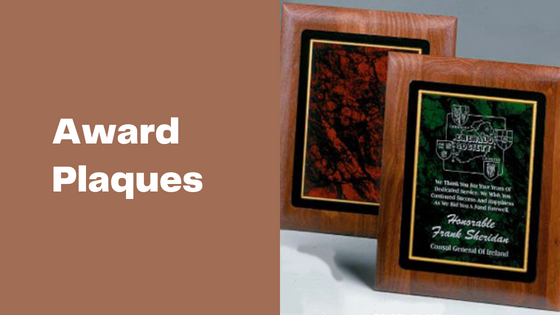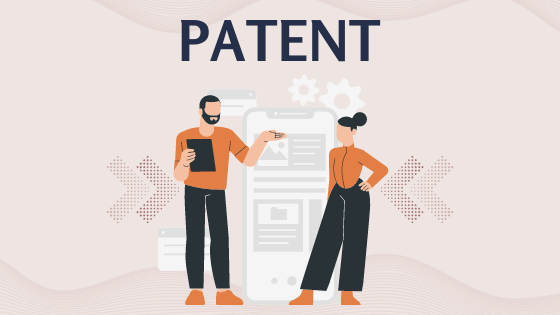
An invention is the result of a person’s creative activity in any field of technology.
The object of the invention there may be a method (the process of performing actions on a material object using material objects), a device, a substance, the protection of which is provided by a patent protected by law within the borders of the state that issued the patent for the period established by the legislation of that state. Thus, a patent provides protection for an invention in a particular state. In all other states, this technical solution can be freely used by any person. If you need help, you can always hire a professional patenting agency like InventHelp. You can read the InventHelp reviews to learn more about the company.
The patent grants its owner an exclusive right, which is a set of monopoly rights to use the patented object in the production and trade spheres of activity. At the same time, the monopoly on the use of the patented method extends to the product made by this method.
The patent owner shall exercise patent rights and control the legality of their use by third parties.
Note: a computer program may not always fit the definition of “method”. To protect computer programs, it is necessary to use an integrated approach – the possibilities of patent and copyright.
The right to obtain a patent
An application for a patent may be submitted by:
– an inventor;
– the heir to the inventor;
– employer – for “service inventions”;
– the heir to the employer or inventor.
The employer, who owns the right to obtain a patent, is obliged to conclude an employment agreement (contract) with the inventor, which should reflect the issues of material remuneration of the author.
Documents (materials) for filing an application for an invention:
- Application
- Description of invention
- Formula of invention
- Graphic materials (drawings)
- Document confirming payment of state tax
- Power of attorney to patent attorney

Patent owner rights
– the exclusive right to use the invention;
– the right to prohibit other persons from using the invention without the permission of the owner;
– the right to publish a statement on the transfer of permission to use the invention to someone (issuance of an “open” license);
– the right to initiate legal proceedings against the unauthorized use of the invention and to demand compensation from the infringer for the damage caused.
The owner of the patent can choose one of 3 forms of using the patent:
Start his own production of products that are made using the patented invention and its marketing;
To enter the ownership right to the patented invention or the right to use it as its part in the statutory fund of the created or operating enterprise (investment in intangible form);
To transfer their rights to inventions and others.
A patent gives its owner the exclusive right to use the invention at his own discretion, provided that such use does not violate the rights of other patent owners.
The right of the owner of a patent is exclusive, since the owner is the only person who is permitted by law to use the invention until other persons obtain permission to do so from the owner. If any confusion you can get support from InventHelp agency.
Actions recognized as “use of the invention”
- manufacturing – production for commercial purposes of products manufactured using the patented invention, even if these products are temporarily not sold (accumulated in warehouses for further sale).
- application of a method protected by a patent, or offering it to other persons for use in US.
- offer for sale – the introduction into economic circulation, the use or import or storage for the specified purposes of products made directly by the method protected by a patent.
- application – all cases of product use in production for commercial purposes;
- import – importation of products into the territory of US, even if the imported products are not intended for use in USA.
- storage – the accumulation of products for the purpose of further introduction into economic circulation.
- offer for sale – advertising of products.
- sale – commercial activity for the sale of products.
The owner retains the exclusive right to use the invention only for the duration of the patent, subject to the payment of an annual fee for maintaining the patent in force.


